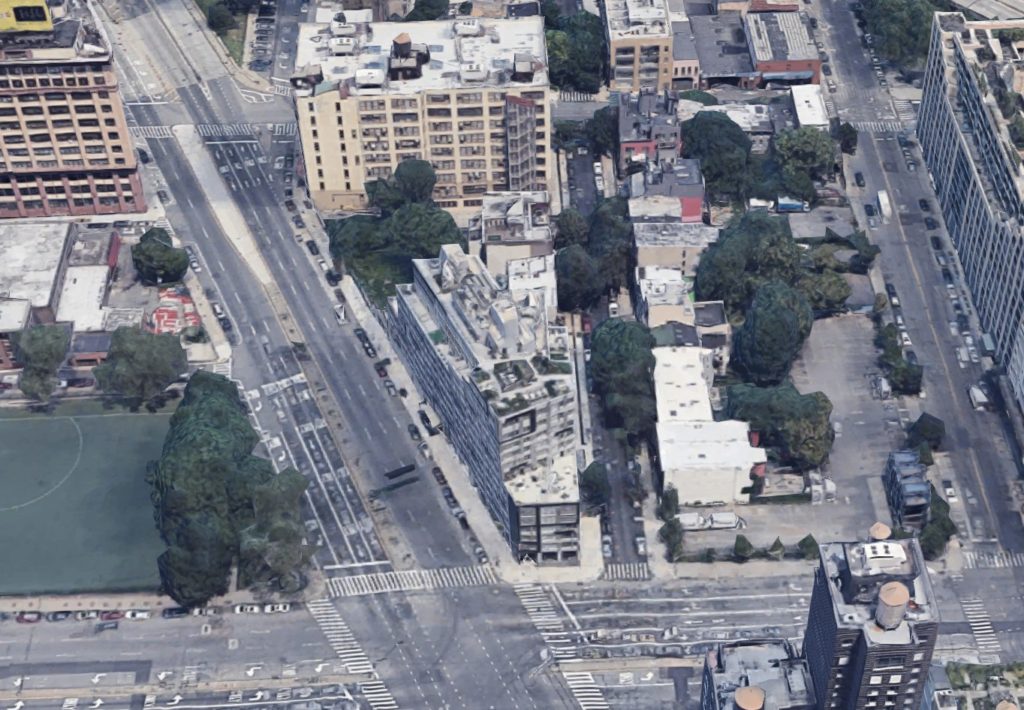85 Flatbush Avenue Extension, a Brooklyn drama in four acts: assemblage, a partner’s death, a loss to foreclosure, and a redemption

85 Flatbush Avenue Extension (Credit: Google)
By Adam Pincus
As the curtain rises, it’s 2004 and a young developer from a branch of Brooklyn

